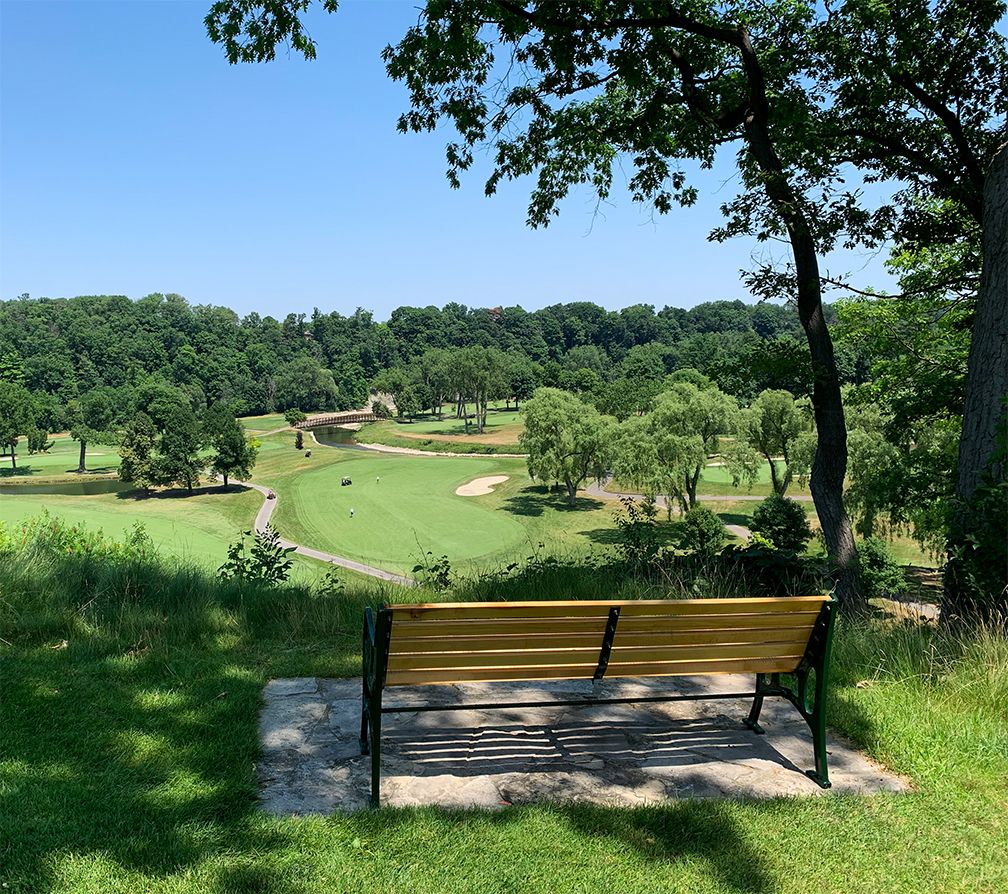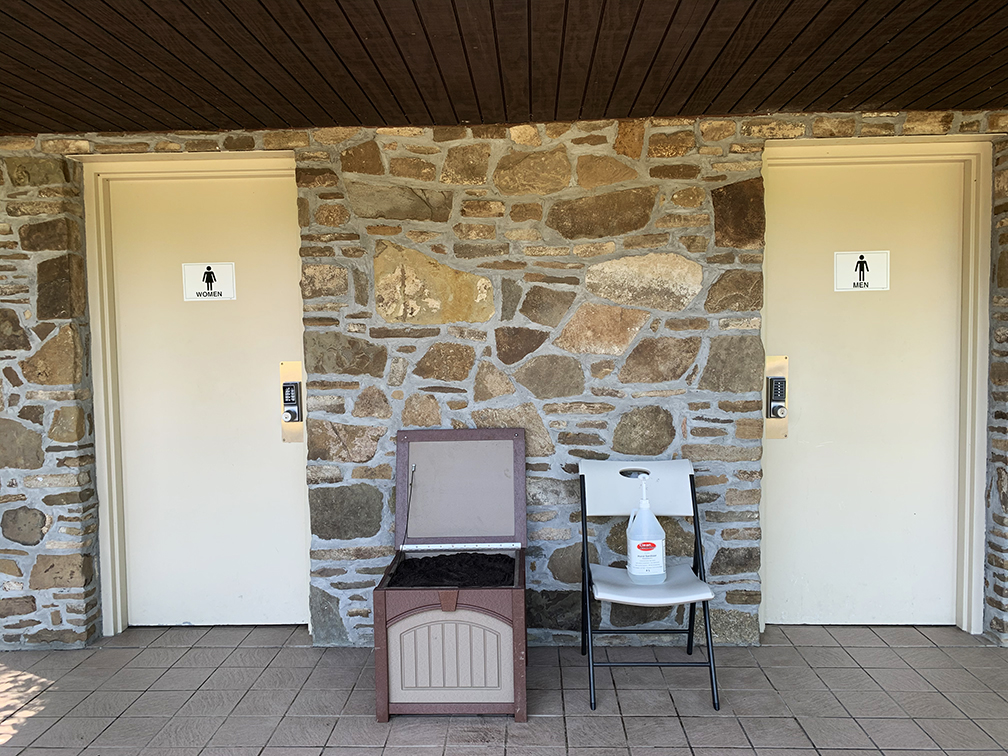It is hard to believe that a month and a half ago we were still experiencing snow flurries! We are now amid one of the hottest stretches of summer in Southern Ontario’s history. As of July 6, we have exceeded 30⁰C, 15 times, surpassing all yearly records with the exceptions of 1949 and 2005, which were 23 and 16, respectively.
Course Conditions
Careful analysis and consideration are always a priority when executing decisions on the golf course – the weather we are experiencing only heightens that awareness. A reduction in rolling, light verticutting and topdressing will ensure proper turf health through this dry stretch and beyond. Careful monitoring of all moisture levels is a must, as too much water can be just as problematic as not enough.
With the high temperatures and low humidity there is a substantial amount of water that is being applied daily through the irrigation system. Due to pipe size and resulting water flow limitations, we are irrigating the range through the day and are supplementing overnight watering on the course through the morning. During the day we are also utilizing temporary impact sprinklers that enable us to apply water in areas where there is no coverage from the irrigation system.
We are currently pumping at a 25% increase in water volumes compared to normal summer levels. Fortunately, our permit to take water enables us to keep up with this demand increase.
Japanese Beetles
It is the time of year again when Japanese beetles, an airborne shiny insect, have moved to the adult stage in their life cycle. If you have been on the course in the last 7-10 days it is possible that you have noted their activity. At times they will gather in large numbers on the turf.
The adult stage of the beetle does not damage the turf; however, they do unfortunately feed on many plants and trees. When they are in the larval stage, the step prior to full grown adults, they do feed on roots, creating damage to turfgrass. Through the monitoring of the different life stages and the population levels we apply treatment when required, to reduce the pest population of the beetle and keep them at a tolerable level.

Benches and Divot Mix
We have begun placing a select number of benches on the property. They are currently located at the 1st tee, 6th tee, 11th tee and 15th tee. The benches are wiped down with a disinfectant spray each morning and offer a relief from the heat with a spot to rest during your round.

A divot mix refill container has been placed under the overhang for the bathroom at 14 green. The lid will always remain open to avoid contact points and in the event of rain will not collect moisture. The location of the other two containers, at the starter’s area and by the halfway house, allow for immediate closure in the event of precipitation.

Bird Houses
We have recently installed five bird houses on the golf course for possible habitats. These come in addition to the three that we have had on the left of 5, left of 9 and between 13 and 14. The locations for the new houses are: near the cart storage building, between 1 and 2, between 6 and 18, between 9 and 10 and to the left of 12 fairway. A special thanks to Robert Humfrey for his time and efforts in the production of the houses.

These habitats will allow us to further promote the property for sustainability and environmental protection. Doing what we can to further our stewardship of the course for the benefit of all living things is a key contributing factor in all decision making.


Chris. Thanks for an incredible review of the golf course in your latest blog. Informative and educational. Keep it up. My question is why doesn’t we have a strategy to become recognized as an Audubon Conservation golf course. We must be close and the steps you are taking plus the bee colonies are getting us there. Great work and the course is beautiful.
Thanks Chris for continuing to keep us in the loop. Yes the japanese beetles have been really gross lately but good to know that the adults are not the main culprits. And the course looks amazing, especially considering the hot spell we’ve had – are having! We appreciate your efforts.
Any chance you’ll be trimming the areas around the river – just asking since I’m someone who loves to lose her balls in there – and I’m not going in the long grass for sure…